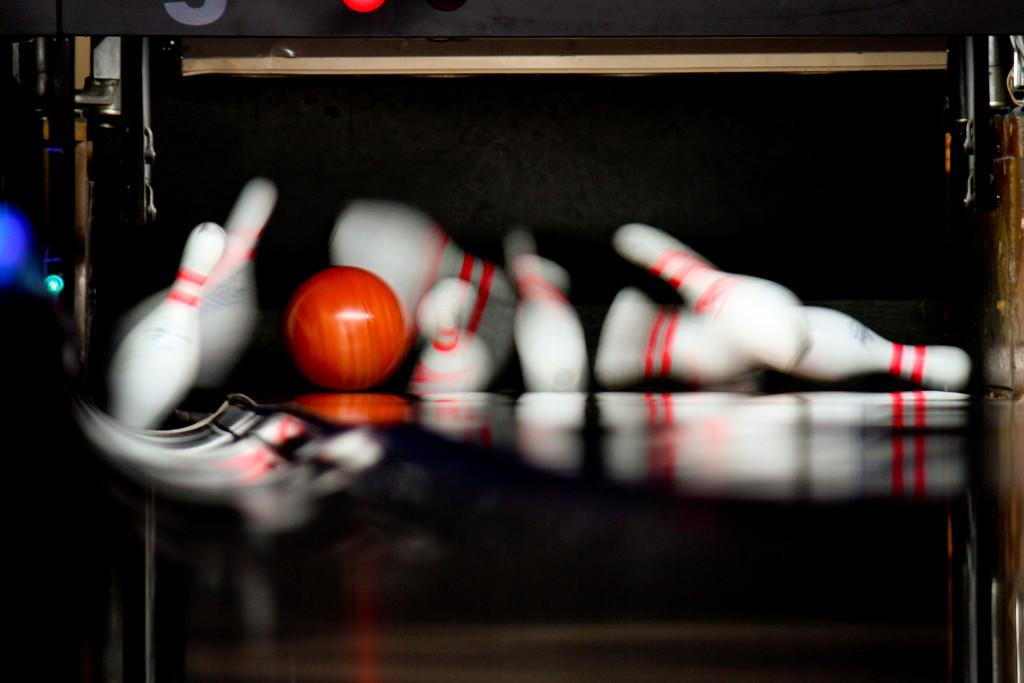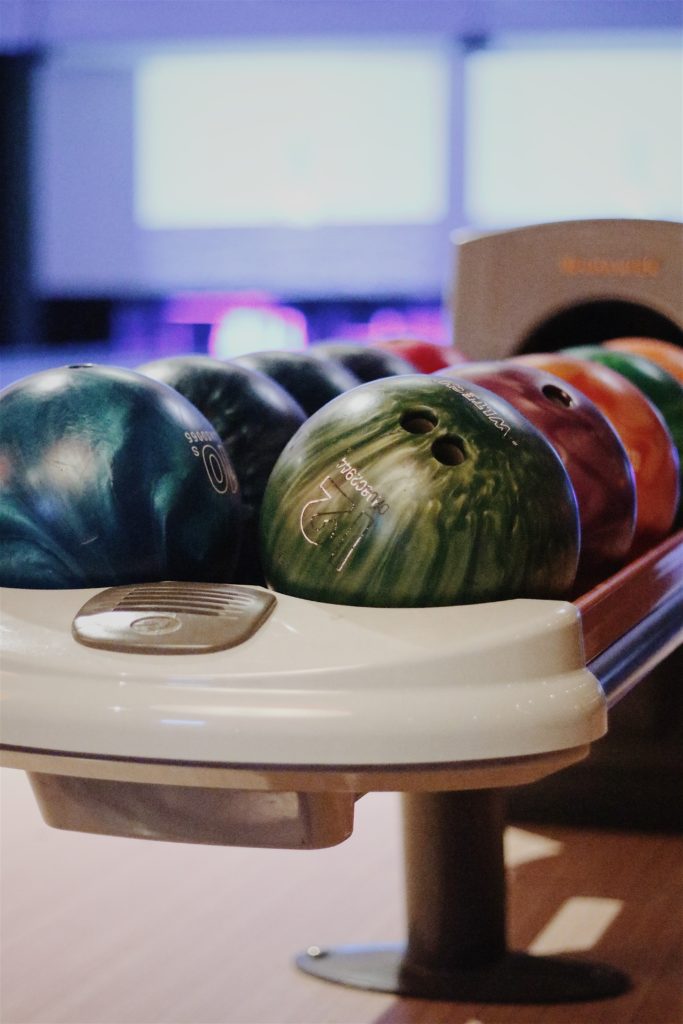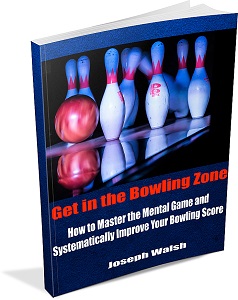
When we talk about improving our bowling game, one of the most desired outcomes is always getting more strikes.
While we recommend you focus on other areas too to become a well-rounded bowler (like understanding oil and lane conditions and practicing picking up your spares), this article will be all about those fun and exciting rolls that demolish all ten pins in one try. The strike, of course.
To ask “how can I get more strikes” may seem like a simple question, but in reality it touches a wide variety of aspects of bowling, ranging from your technique to your equipment. This article will serve as a crash course for more strikes, and thus higher scores as a result.
Tips for How to Bowl Strikes Consistently
As we’ve said, everyone who bowls can get a strike now and then just thanks to luck and the odds of eventually striking the pins in just the right way.
So it’s consistent strikes that we’re after, then a feeling that every time you roll your shot, you have a good chance of striking.
How do you get to that point of consistency?
Hook Bowling for More Strike Potential
One of the best ways to more consistently bowl strikes is to adopt the hook bowling technique. This means that the ball curves in its path down the lane.
Why does this lead to more strikes?
Basically, it gives you a better angle to the pocket, the key spot in between the 1 and 3 pins (just to the right of the head pin) if you are a right handed bowler; and the 1 and 2 pins (just to the left) if you are a lefty.
We can’t stress enough the value in a hook ball. Its benefits include more force at impact and increased pin carry.
The best part is that by using a hook, your ball’s revolutions will give you more strikes even if you don’t find the pocket perfectly.
To bowl a hook, you want to use a fingertip trip, swing on a pendulum, and at the point of release, lift your fingers while rotating (or flicking) them to the side (in a counter clockwise motion if you are a righty and clockwise if you are a lefty).
Read our article on how to bowl a hook for more step by step instruction in doing this.
How to Bowl Strikes with a Straight Ball
But this isn’t to say that you can’t get strikes without a hook, as just about any straight bowler can attest to. (After all, if you bowl for a while you’re bound to get a strike now and then no matter what style you use.)
If you’re new to bowling, then the straight shot is almost always what you are going to want to learn first.
So what, then are some tips for getting more strikes if you do throw a straight ball?
Just as we said with hook bowling, a straight bowler also wants to try to hit the pocket with their shot, as this still give them the best chance of knocking down all 10 pins.
If you hit the head pin straight on, you won’t get the right pin action and you also risk leaving a difficult split.
It’s also important to work on where you aim. Don’t try to line up with the pins directly, but rather use the indicators on the lane, the arrows and dots, to aim your shot.
Other good things to remember include keeping your wrist straight, keep your hand strong through the release, and follow through into a handshake position.
Best Types of Bowling Balls for Strikes
After bowling with a hook, the next most significant factor for striking is the equipment that you roll with. So what, exactly are the best bowling balls for strikes?
House bowling balls you find on the racks at the alley are made of plastic and no matter how you throw them, they will not have the ability to hook as much as custom balls that are made from other materials.
Urethane bowling balls have much more hook potential and are recommended for the serious bowler who want to learn to strike more consistently.
Other advanced coverstock materials like reactive resin balls are slightly costlier investments but can more than pay off for the more serious bowler.
The weight of the ball is also an important factor, but not always in a clear-cut way. First, a slightly heavier ball (like moving up from 13 to 14 pounds) can help give you additional pin carry.
But you don’t want to overdo it and try to roll a ball that’s too heavy for you and will be difficult to try to control and can even lead to injuries. So it’s important that you balance these two principles and choose a weight that’s right for you: a bit heavier if possible but not too much.
Read our article on choosing your first bowling ball for a more in-depth discussion of these ideas.
Mastering Oil and Lane Conditions for More Strikes
When you’re bowling for strikes, it’s important that you understand lane conditions, otherwise known as the volume and location of the oil that is applied to the lane.
The bowling ball hooks more on a lane with little oil (dry) and it hooks less on a lane with more oil (wet).
This is more important if you throw a hook ball because your ball will be coming across the lane more and thus encountering more (or less) oil. If you’re a straight bowler, then this aspect is not as important.
Read our article on bowling lane conditions for more tips on this complex ares of the game.
We hope this article has given you some action items to implement in your game in order to increase your strike potential.
As you have read, your technique is important but it’s far from the only factor. In order to consistently improve your bowling game and bowl more strikes, you also need to consider your equipment and the conditions that you find on the lane.



Leave a Reply